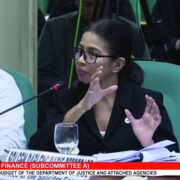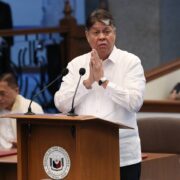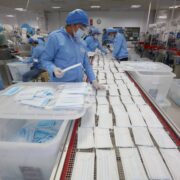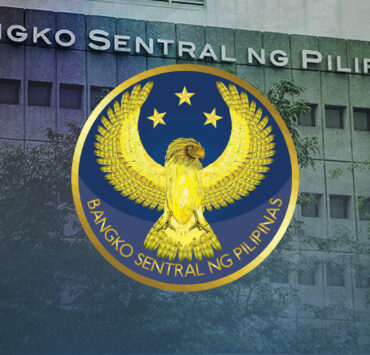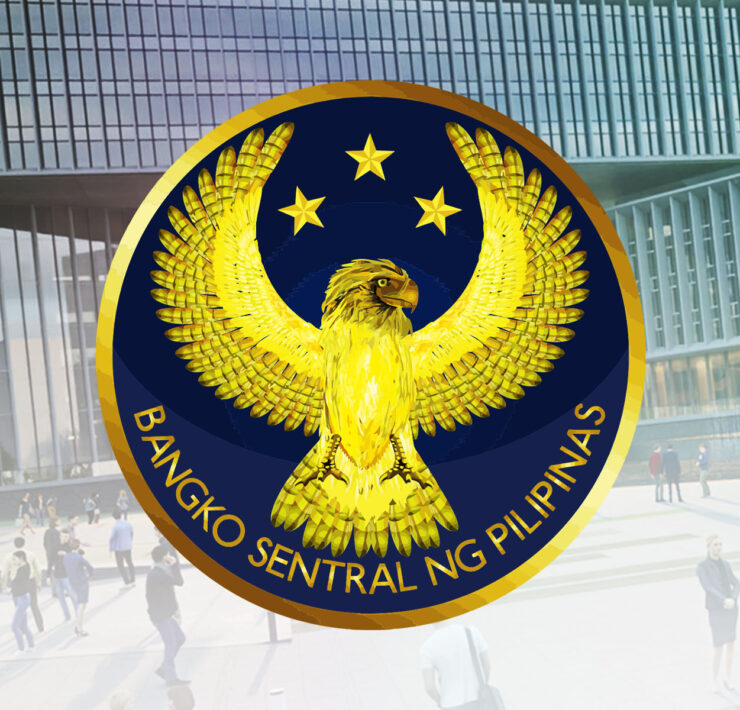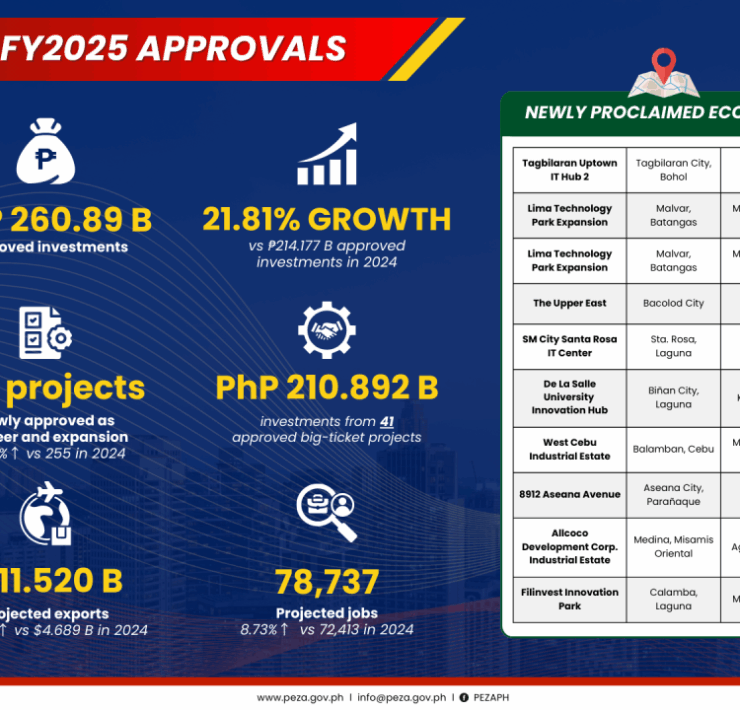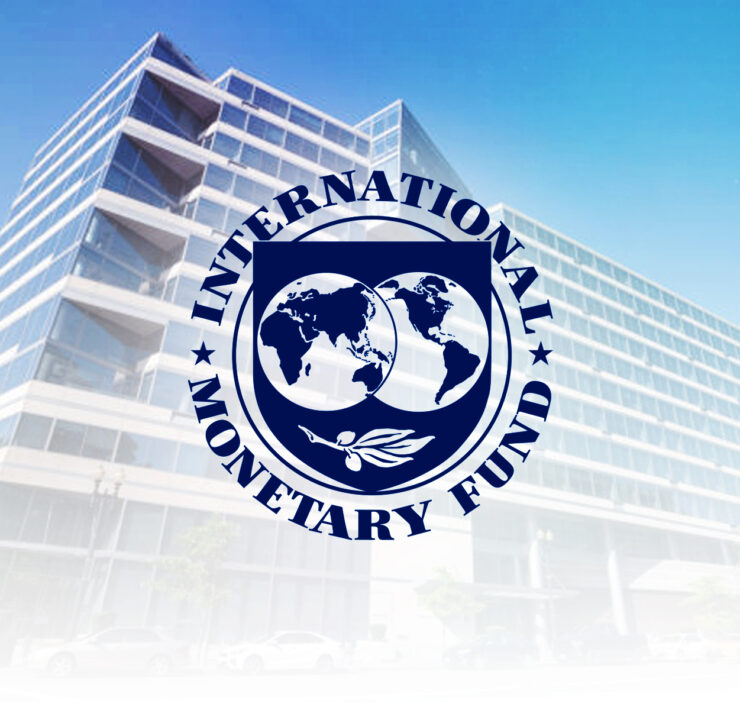PH financial system’s resources cross P33T
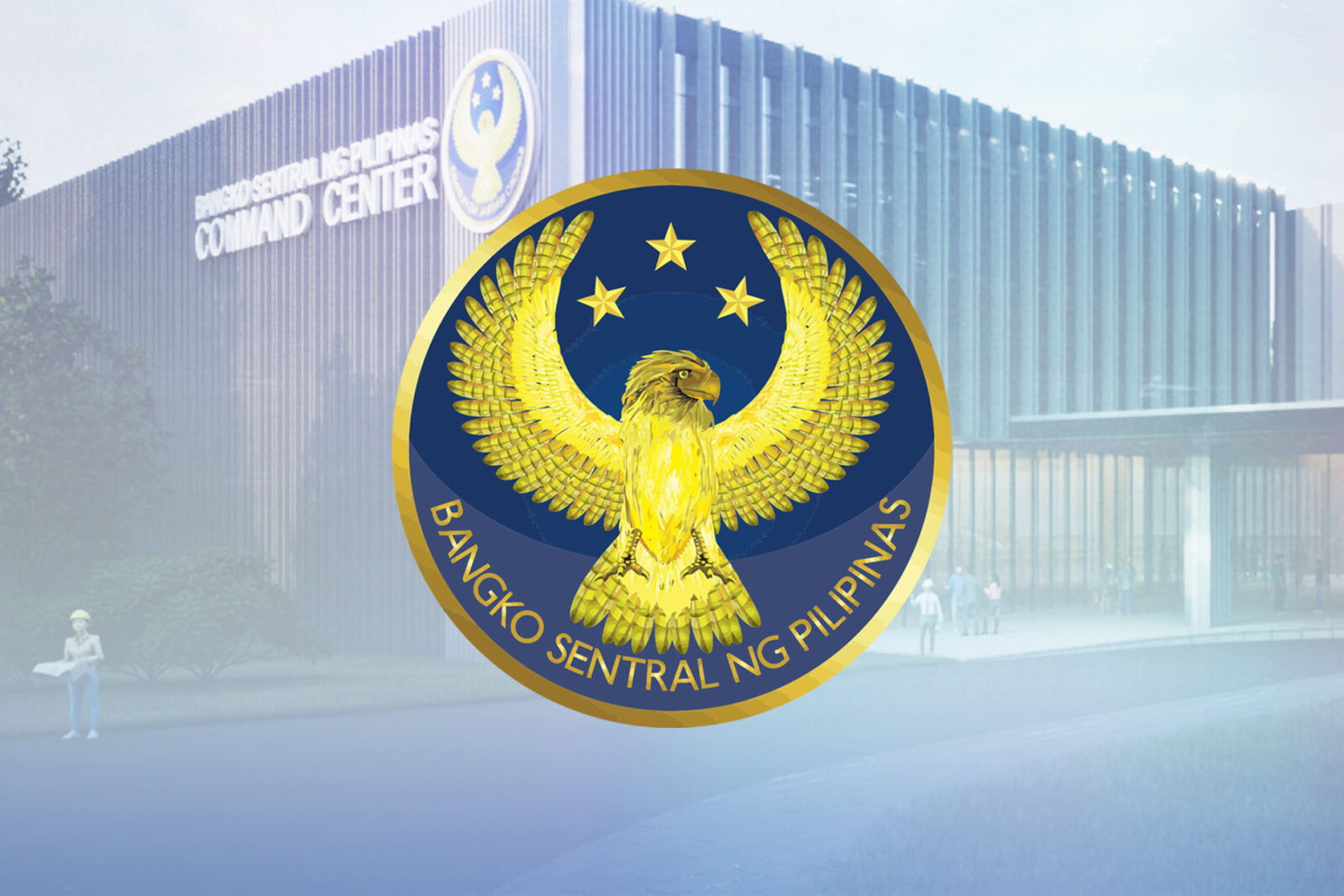
Total resources of the Philippine financial system expanded in 2024 to hit the P33-trillion mark, sustaining a growth that continued to support the financing requirements of the country’s growing economy.
Excluding the resources of the central bank, total funds and assets held by the local financial sector went up by 8 percent to P33.78 trillion last year, preliminary data from the Bangko Sentral ng Pilipinas (BSP) showed.
These resources represent cash and assets like credit, deposits, capital and bonds that financial entities can use to meet their funding needs. At the same time, the amount also includes capital that regulated institutions set aside as rainy day funds to cover potential losses and depreciation.
Figures showed banks continued to corner the bulk of the total resources of the domestic financial system, holding an 83.66 percent share last year.
According to the BSP, total funds and assets held by banks had amounted to P28.26 trillion in 2024, marking an 8-percent growth.
Broken down, resources of big lenders had gone up by 8.7 percent to P26.44 trillion, while thrift banks had posted a 6.36-percent expansion to P1.17 trillion.
Notably, digital banks had seen their resources climb by 33.47 percent to P121.78 billion, while funds and assets of rural and cooperative banks had expanded by 18 percent to P527.1 billion.
Lastly, resources of nonbank financial institutions like investment houses, pawnshops, insurance companies and state-run pension funds had gone up by 2.65 percent to P5.53 trillion, accounting for the remaining 16.34 percent of the total resources of the country’s financial system.
Moving forward, analysts expect banks to benefit from further interest rate cuts by the BSP, which can help stimulate credit growth in a country that historically gets about 70 percent of its economic output from consumption. Those gains, in turn, could help the local financial system accumulate more resources needed to support the Philippines’ growing economy.
Recall that the BSP had cut the benchmark rate that banks typically use as a guide when pricing loans by a total of 75 basis points to 5.75 percent amid easing inflation and slowing economic growth.
But at its first policy meeting for 2025, the central bank –– wary of global trade developments –– surprised the market by keeping the policy rate steady, which was still among the highest in Asia.
BSP Governor Eli Remolona Jr. had stressed that the central bank is still on easing mode, adding that monetary authorities may resume cutting rates once they get a better understanding of the uncertainties surrounding the slew of tariff actions in the United States.






